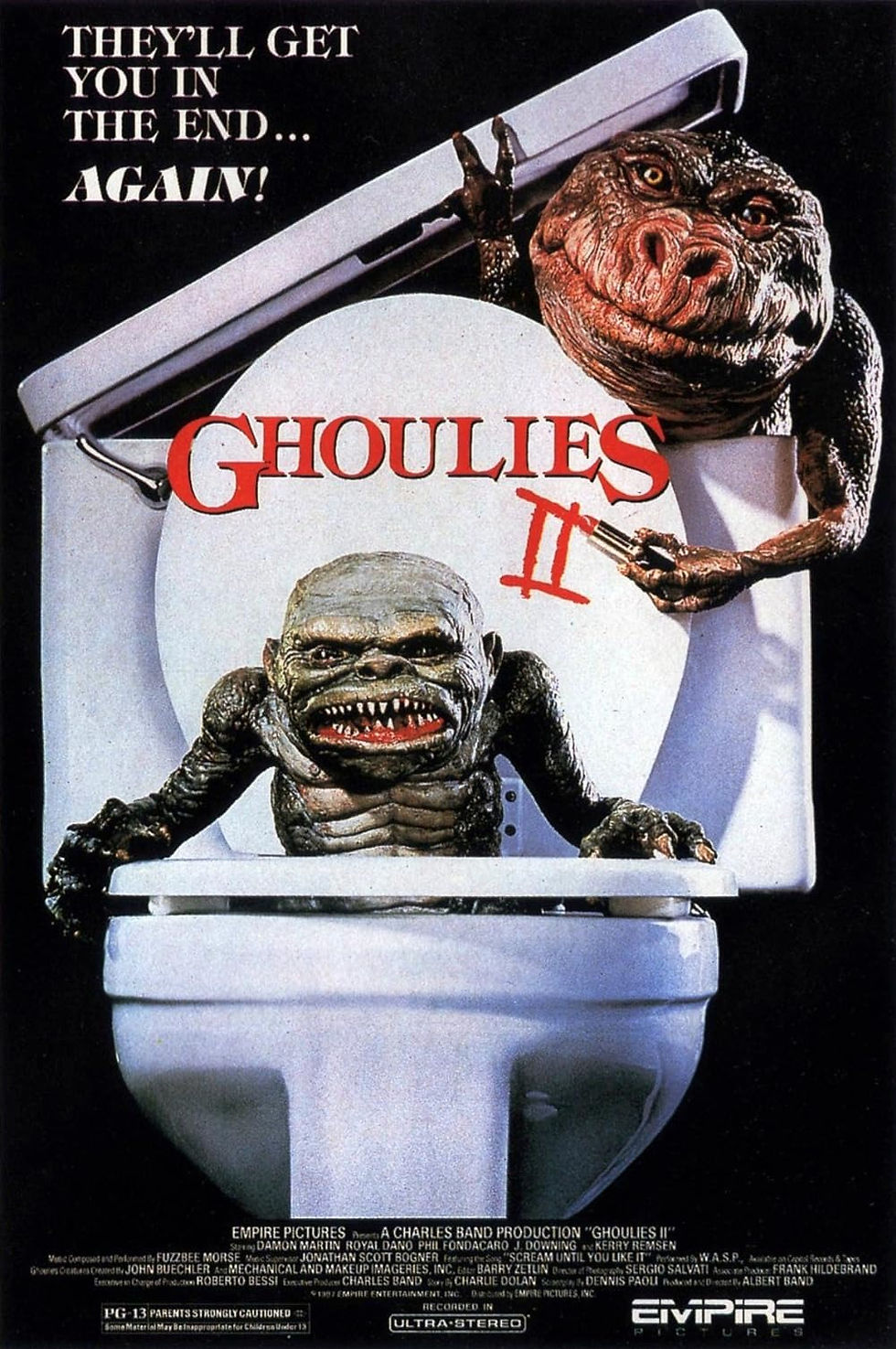The Essential Guide to Italian Horror Movies: A Journey Through Giallo and Beyond
- Allan Major

- Mar 24, 2024
- 3 min read
Updated: May 24, 2024

A strange tremor shivers through the air. Not a physical one, but a prickling sense of unease felt somewhere deep in the gut. It's the tell-tale mark of something wicked this way coming, something dripping with blood and swathed in shadow. Your pulse quickens—a mix of revulsion and fascination. Tonight, like countless nights before, we succumb to the allure of Italian horror.
Italian filmmakers have a way of making the grotesque sing with a twisted operatic beauty. Their horror isn't merely about jump scares and buckets of gore (although those are often present). It slithers under the skin with its psychological terrors, seeps into the soul with dreamlike dread, and erupts into a technicolor symphony of violence that both shocks and dazzles the senses.
Let's embark on a journey through the warped landscapes of Italian horror. We'll uncover its distinct flavors, its masters of macabre, and the unsettling masterpieces that defined—and continue to define—this gloriously twisted genre.

Giallo: Style, Suspense, and Shadows
Think of giallo as Italian horror's answer to the classic detective noir. These intricate murder mysteries often feature a masked killer clad in black leather gloves, their face obscured, their motives a riddle wrapped in an enigma. But giallo isn't just about the 'whodunnit'. It's a feast for the senses, soaked in neon reds and blues, pulsating with unsettling scores, and bursting with flamboyant kills that turn death into perverse art.
Notable directors like Mario Bava (the godfather of giallo with films like "Blood and Black Lace") and Dario Argento (the king of stylized bloodshed with "Deep Red" and "Suspiria") crafted fever dreams of terror, transforming mundane murders into hallucinatory nightmares.
Zombies, Cannibals, and Creatures of the Night
Just when you think Italian horror can't get more extreme, it digs deeper. Lucio Fulci, nicknamed the "Godfather of Gore," unleashed a zombie apocalypse upon Italy with his "Gates of Hell" trilogy. These gut-wrenching films revel in rotting flesh and graphic dismemberment, testing the limits of the viewer's stomach and sanity.
But it's not just zombies—cannibal tribes ("Cannibal Holocaust"), demonic forces ("The Beyond"), and all manner of Lovecraftian creatures slither out from the Italian horror imagination, ready to drag unsuspecting victims into the abyss.
Beyond the Sensational: An Artistic Legacy
Italian horror wouldn't be what it is without its distinct artistic flair. The cinematography is often lush and surreal, transforming even the simplest locations into corridors of creeping dread. Colors bleed in unnatural ways, shadows dance with a life of their own, and the camera twists and turns, reflecting the protagonist's fractured psyche.
The soundtracks are another unforgettable element. Goblin, Fabio Frizzi, and other Italian composers conjured up aural nightmares: discordant synths, haunting whispers, and shrieking strings that burrow into your subconscious long after the credits roll.

The Shock and Awe of Italian Horror
Prepare yourself: Italian horror movies aren't for the faint of heart. The violence can be graphic, even by today's standards. Yet there's a strange beauty amidst the brutality, a transgressive quality that challenges the boundaries of conventional horror while also delivering pure, visceral thrills.
Conclusion: An Enduring Legacy
Italian horror, in all its stylistic excess and stomach-churning glory, has firmly established its place in the annals of horror cinema. Its influence ripples through generations of filmmakers, from Quentin Tarantino to modern auteurs who continue to be inspired by its bold aesthetics and uncompromising exploration of the darker side of the human psyche.
So the next time the shadows deepen and a curious unease stirs within, surrender to the macabre magic of Italian horror. It's a journey into the heart of darkness—and a strangely exhilarating descent into a world where terror and beauty exist in a deliciously twisted embrace.







